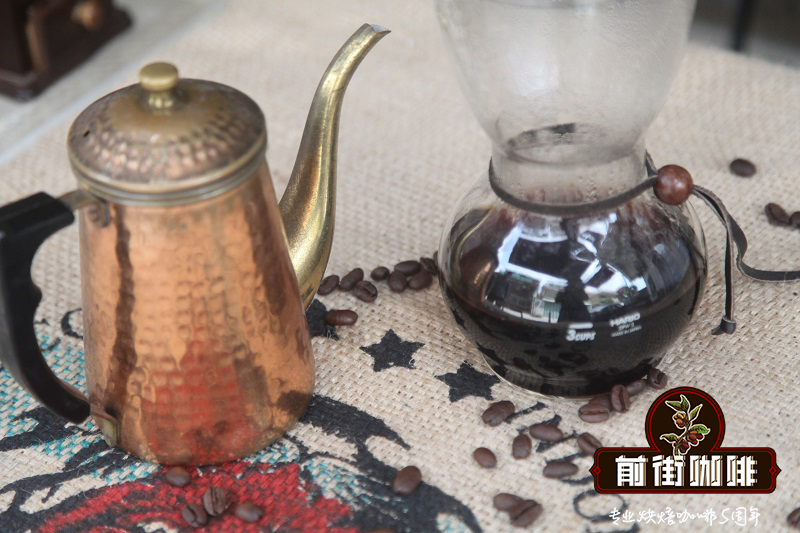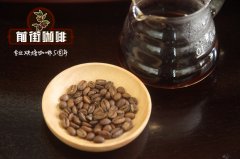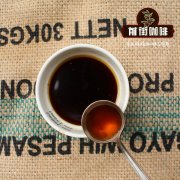Characteristics of FW A Micro-batch Rwanda Gaseke Rwanda Coffee Bean in Gesak, Rwanda

Professional coffee knowledge exchange more coffee bean information please follow the coffee workshop (Wechat official account cafe_style)
FW A microbatch Rwanda Gaseke FW A Microlot in Gesak, Rwanda
The Gaisek water washing processing plant is located in the Nyamasheke district of western Rwanda.
Fidele Ndagijmana, a young trader in Nyamasheke, saw the development potential of fine washed coffee in Rwanda. He applied to the government to build this processing plant, which successfully produced 170t of coffee berries in the first year. He used the off-season to improve and expand the production equipment, which can provide better production machines and better storage environment when the next harvest season comes. The excellent trader has also won himself more land near the processing plant to grow.
Rwanda is one of the smallest and most densely populated countries in Africa, with an area the size of Maryland. In this country, the average area of all family farms is less than one hectare. The coffee industry in Rwanda is actually a small-scale peasant economy. Today, about 430000 households produce coffee in Rwanda, and most farms have fewer than 200 coffee trees.
Rwanda has an ideal environment for Arabica coffee, which is grown between 1350m and 1850m above sea level. Rwanda's fertile volcanic soil, abundant rainfall and mild climate throughout the year all promote the ripening of coffee beans, and the special planting environment gives coffee a unique flavor.
Rwandan coffee basically does not use chemical fertilizers or pesticides. The fertilizer in the soil comes from the natural mulch on the ground, as well as the traditional fertilization method.
Important Notice :
前街咖啡 FrontStreet Coffee has moved to new addredd:
FrontStreet Coffee Address: 315,Donghua East Road,GuangZhou
Tel:020 38364473
- Prev

How do you make your own coffee? What is the difference between making a single coffee espresso machine and making it by hand?
Professional coffee knowledge exchange for more information about coffee beans, please follow the coffee workshop (Wechat official account cafe_style) one. What is single-product coffee: single-product coffee refers to the coffee made by coffee beans from a single origin, called single-product coffee. Such as the general boutique coffee shop can taste: Yegashev, Mantenin and so on. two. Is black coffee a single cup of coffee? Black coffee is
- Next

Single coffee teaching novice try single coffee, which kind of coffee beans is better to choose?
Professional coffee knowledge exchange more coffee bean information please follow the coffee workshop (Wechat official account cafe_style) 1. Individual coffee beans (single origin) belong to Arabica (Arabica) coffee beans. (if one day there is a breakthrough in Robusta beans, it will be another matter.) 2. The closest variety to the native species of Arabica is iron.
Related
- Detailed explanation of Jadeite planting Land in Panamanian Jadeite Manor introduction to the grading system of Jadeite competitive bidding, Red bid, Green bid and Rose Summer
- Story of Coffee planting in Brenka region of Costa Rica Stonehenge Manor anaerobic heavy honey treatment of flavor mouth
- What's on the barrel of Blue Mountain Coffee beans?
- Can American coffee also pull flowers? How to use hot American style to pull out a good-looking pattern?
- Can you make a cold extract with coffee beans? What is the right proportion for cold-extracted coffee formula?
- Indonesian PWN Gold Mandrine Coffee Origin Features Flavor How to Chong? Mandolin coffee is American.
- A brief introduction to the flavor characteristics of Brazilian yellow bourbon coffee beans
- What is the effect of different water quality on the flavor of cold-extracted coffee? What kind of water is best for brewing coffee?
- Why do you think of Rose Summer whenever you mention Panamanian coffee?
- Introduction to the characteristics of authentic blue mountain coffee bean producing areas? What is the CIB Coffee Authority in Jamaica?

